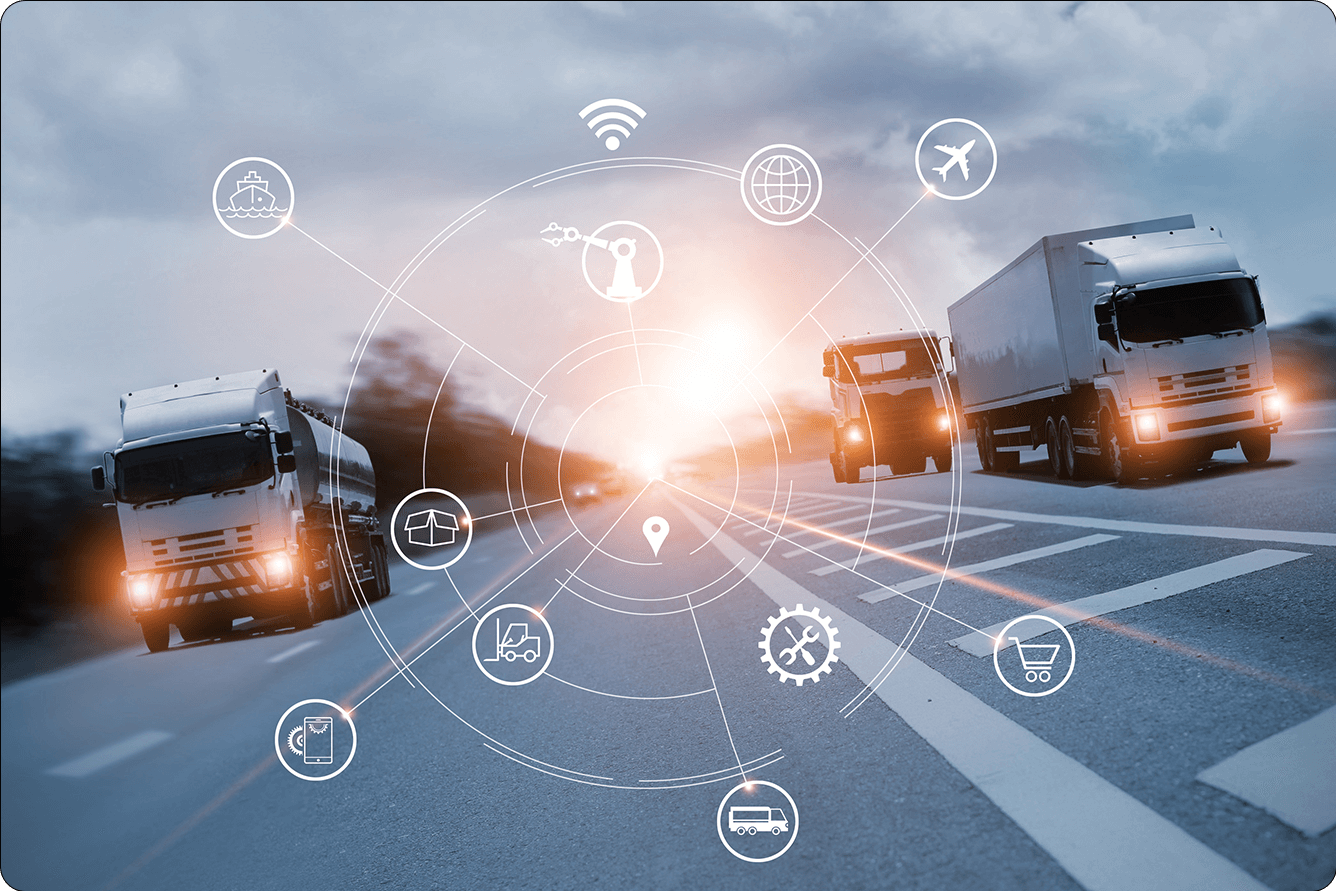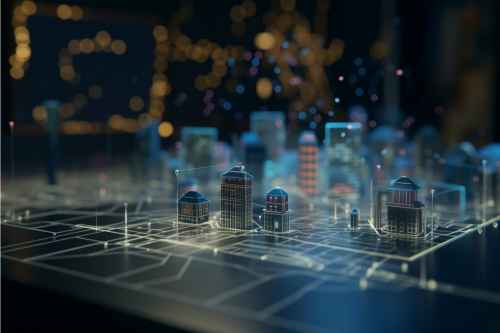5 ways IoT in train stations enhances passenger experience and safety
The Internet of Things (IoT) is becoming prevalent across many different sectors and the rail industry is perfectly placed to leverage this smart...
![]() Facilities Management
Facilities Management
Manage maintenance requests & streamline operations
CMMS
CAFM
EHS
Regulatory Compliance
PPM
EAM
Operations Management
Transportation Management
![]() Food Safety
Food Safety
Prove compliance and ensure standards are up to customer expectations
![]() Retail Task Management
Retail Task Management
Enable your teams to focus on delivering quality and achieve their goals.
Task Creation & Automated Follow-up
Unified Reporting and Data Analysis
Regulatory and Audit Monitoring
Full visibility of every task
IoT
Take action on your data to get ahead
Integrations
Bring mpro5 into your other tools
Automated Workflows
Make your work effortless with automated workflows
Managed Service
Supporting your operations, every step of the way
NEWS & INSIGHTS
Blogs & news
NEWS & INSIGHTS
GET IN TOUCH
GET IN TOUCH

The Internet of Things (IoT) is being used by transportation and logistics companies to streamline internal processes, improve driver productivity and operate more efficiently. The business impact of IoT is hard to over-state, whether it’s improving driver safety or making operations more efficient. In this article, we look at a just some of the many potential use-cases for IoT in transportation:
Any company running a fleet needs to know where its vehicles are at any given time. Whether a facilities management company with engineers on the road, a courier firm delivering urgent packages or a logistics giant supplying goods to warehouses and supermarkets, asset tracking is fundamental. Embedded IoT sensors enable companies to monitor their transport assets in real-time.
IoT devices using geolocation capabilities, when combined with weather analytics, can help drivers avoid potential disruptions. Fuel economy tracking allows fleet managers to track and compare fuel consumption and repair costs. This can identify where targeted driver training may be needed.
-Recovered%20(2)-png.png?width=326&name=AdobeStock_480900282%20(1)-Recovered%20(2)-png.png)
IoT sensors can also help transport businesses to monitor key performance indicators such as cargo monitoring, resource utilisation and route optimisation. This helps businesses cut costs and offer speedier deliveries to customers.
With the ability to track the amount of time a driver is on the road without rest, how fast a vehicle is moving and how long they are idle, IoT sensors are a valuable tool in monitoring compliance with safety regulations.
One of the most promising benefits of IoT in transportation is its potential to allow vehicles to communicate with each other. With real-time data on the location of everything on the road, IoT-connected vehicles can act autonomously, turning or braking to avoid a collision, eliminating human fallibility.
Data from IoT sensors and other sources can be analysed by an algorithm to optimise vehicle maintenance. Using historical information and current vehicle condition, transportation companies can predict the likelihood and timing of maintenance issues before they happen. Alerts can flag a low battery, check engine, oil change, coolant temperature, service reminders and more, minimising the risk of costly downtime and automatically notifying a mechanic or maintenance team.
Millions of drivers globally rely on satellite navigation systems. But hazards can appear in milliseconds and GPS systems can be slow to adapt. IoT systems communicate traffic jams and dangers in real-time, giving drivers the opportunity to navigate around them.
-png.png?width=386&name=new%20night%20station%20(1)-png.png)
The use of IoT in transportation is still a new concept, with limited deployments and a focus on specific use-cases rather than a more holistic network approach. This means the transportation industry still faces implementation challenges including:
The number of network-connected devices is expected to rise to over 100 billion by 2030, so transport businesses must ensure sensitive data and corporate networks are protected. This will involve looking at measures like device authentication, user access control and data transmission encryption.
The proliferation of IoT in transportation means businesses need to work with massively increased volumes of data and manage more IP addresses. Any network infrastructure supporting the IoT solution also needs to be capable of managing the constant flow of information to and from sensors and devices.
While the adoption of IoT technology results in savings and greater operational efficiency for most transportation businesses, it can require significant initial investment.
The Internet of Things (IoT) is becoming prevalent across many different sectors and the rail industry is perfectly placed to leverage this smart...
There is still a perception that Smart Stations are a future technology with limited practical benefit. In this article Toby Hawkins, sales director...

Heard the phrase ‘Internet of Things’ but not sure what it means? IoT integration underpins many of our business solutions. Read on for more.